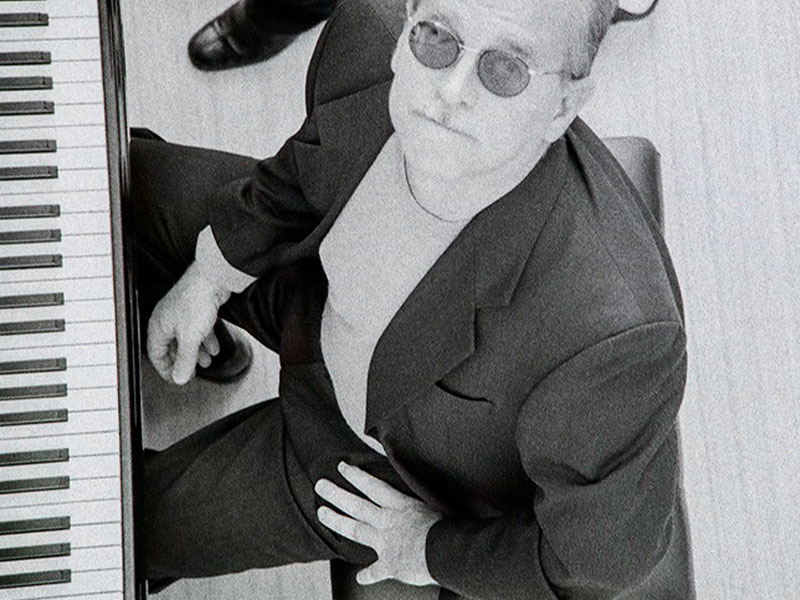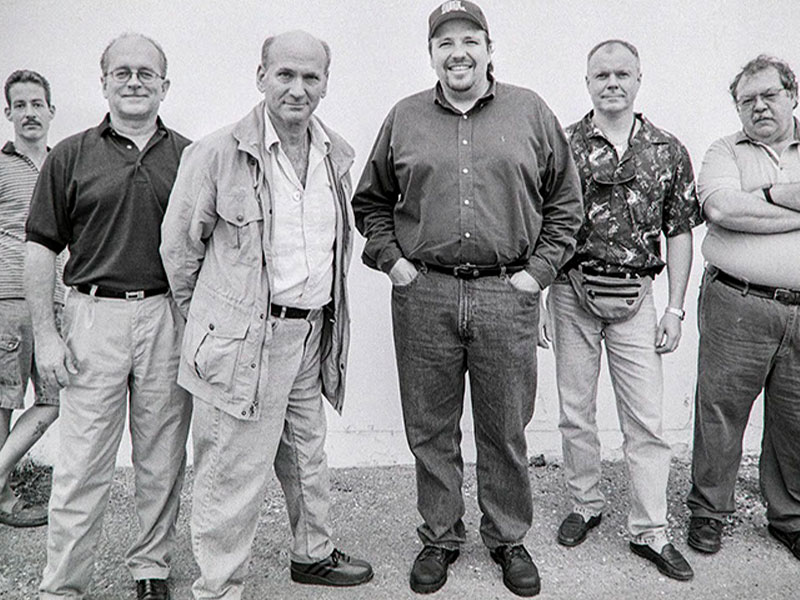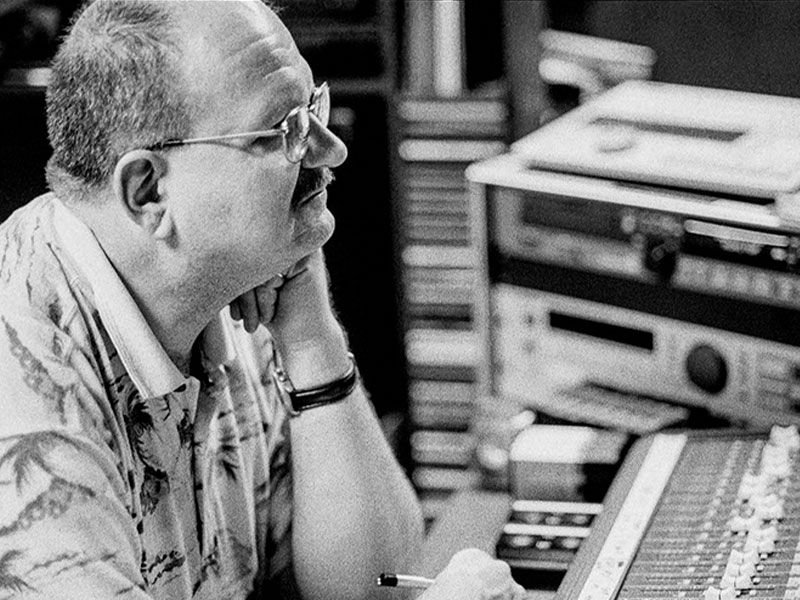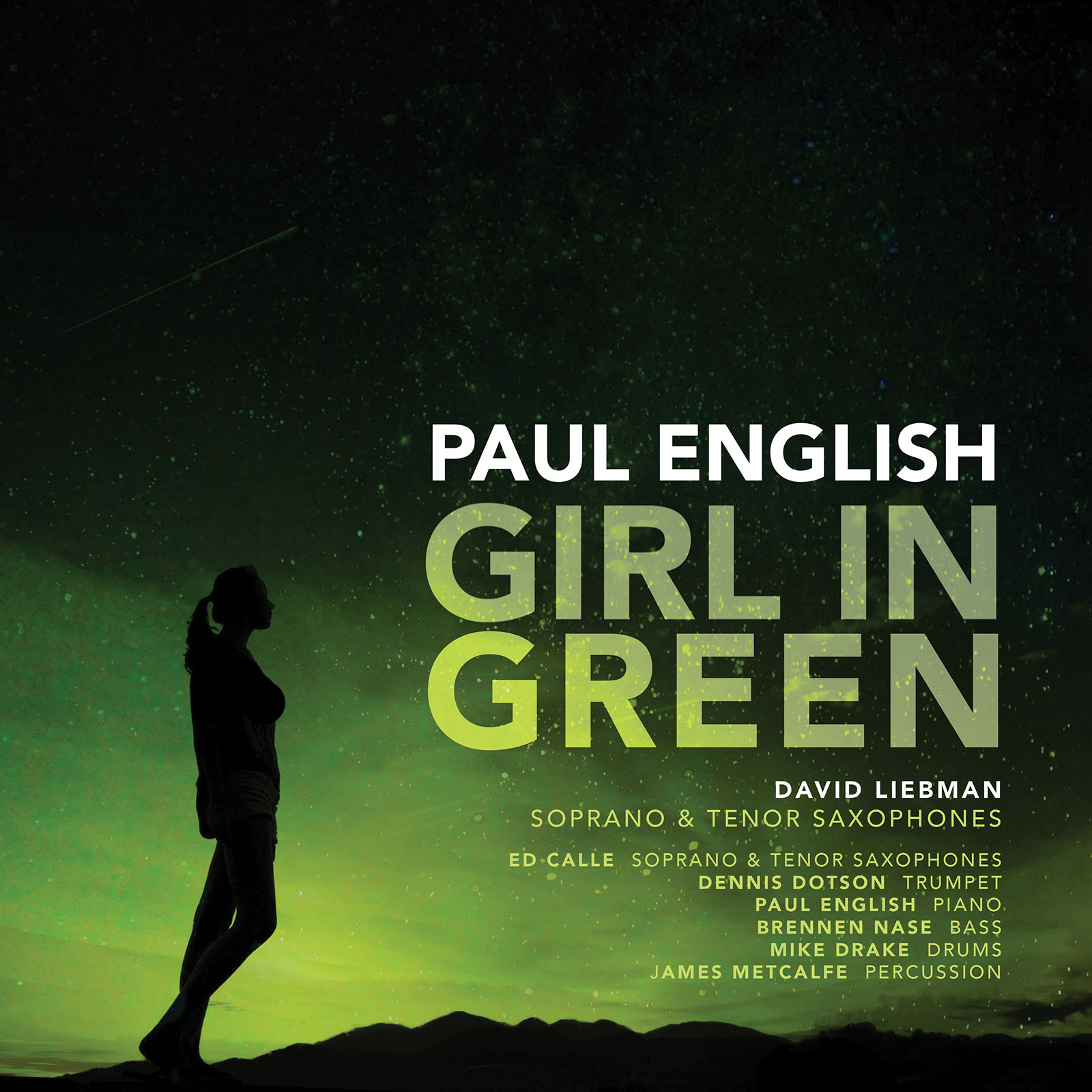
Share Album:
Girl in Green
Paul English composer, piano
David Liebman soprano & tenor saxophones
Ed Calle soprano & tenor saxophones
Dennis Dotson trumpet
Brennen Nase bass
Mike Drake drums
James Metcalfe percussion
New from Big Round Records comes jazz composer and pianist Paul English’s GIRL IN GREEN. The album features never-before-heard renditions of immortal classics as well as English’s original works. Listen as English and his cadre of masterful soloists carve a place for themselves in jazz history.
GIRL IN GREEN is an album that was almost lost forever. Paul English recalls performing at the Texas Jazz Festival in 2000 with an extraordinary lineup of musicians accompanying him on stage. The magic was there, and the group booked two last-minute recording sessions at a nearby studio to capture it. Shortly afterward, the small record label English was signed with folded, and the recordings were locked away for nearly two decades – until now. GIRL IN GREEN features the best takes from these recordings. English leads his players through legendary jazz tunes like Equinox by John Coltrane and Solar by Miles Davis. The album also features English’s original works, including the title track, Girl in Green. English demonstrates his virtuosity and knowing mastery of the jazz canon throughout the album; his tasteful piano work is grounded in tradition yet bears his unique signature.
Paul English’s GIRL IN GREEN captures the electric thrill of seven expert jazz cats collaborating in real time. Listeners of all ages and backgrounds will find themselves wrapped up in the rich humanity of these performances. Don’t miss the chance to revel in these rescued treasures.
Listen
Stream/Buy
Choose your platform
Track Listing & Credits
| # | Title | Composer | Performer | |
|---|---|---|---|---|
| 01 | Equinox | John Coltrane | Ed Calle, first tenor sax solo; David Liebman, second tenor sax solo | 8:05 |
| 02 | Beautiful Love | Victor Young, Wayne King & Egbert Van Alstyne Haven Gillespie | David Liebman, tenor saxophone | 6:35 |
| 03 | Girl in Green | Paul English | David Liebman, opening tenor sax, second tenor sax solo; Ed Calle, first tenor sax solo | 5:47 |
| 04 | Sometime Ago | Sergio Mihanovich | Ed Calle, soprano sax | 6:48 |
| 05 | Solar | Miles Davis | David Liebman, tenor saxophone | 5:35 |
| 06 | One Final Word | Paul English | David Liebman, soprano sax solo; Ed Calle, tenor sax solo | 5:52 |
| 07 | Blue in Green | Miles Davis / Bill Evans | David Liebman, soprano saxophone | 5:29 |
| 08 | Missing Lady | Paul English | David Liebman, soprano saxophone; James Metcalfe, percussion | 6:21 |
| 09 | A Taste of Honey | Bobby Scott & Ric Marlow | David Liebman, quena flute, tenor saxophone; James Metcalfe, percussion | 7:53 |
| 10 | Unconditional Surrender | Paul English | David Liebman, soprano saxophone | 7:13 |
Recorded on location at Deep South Studios, Corpus Christi, Texas, October 19 & 20, 2000
Producer Paul English
Engineer Andy Bradley
Assistant engineer J P Rappenecker
Mixed at Andy Bradley Productions and Wire Road Studios, Houston, Texas, by Andy Bradley & Paul English
Steinway concert grand piano CD 492 provided by the Forshey Piano and Organ Company in Houston, Texas
Piano technician Jack Bressette-Mills
Photographs Ignacio Gonzales
Photo post production Michael Hart
Ed Calle appears courtesy of Concord Vista Records
Paul English plays Steinway pianos
All music arranged by Paul English except A Taste of Honey, arranged by David Liebman
Thanks to those who helped make this recording possible:
Fred Forshey, Forshey Piano and Organ Company
Eddie Galvan and the Texas Jazz Festival in Corpus Christi, Texas
J P Rappenecker
Brian & Cathy Winfrey
Tony & Adele Gorody
Agápe Productions Houston
“Girl In Green” is a Paul English Production. ©2020 Paul English
Executive Producer Bob Lord
Executive A&R Sam Renshaw
A&R Director Brandon MacNeil
A&R Morgan Santos
VP, Audio Production Jeff LeRoy
Audio Director Lucas Paquette
Mastering Shaun Michaud
VP, Design & Marketing Brett Picknell
Art Director Ryan Harrison
Design Edward A. Fleming
Publicity Patrick Niland, Sara Warner
Artist Information
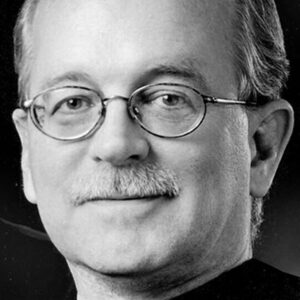
Paul English
A small Gulf Coast Texas town was not a likely place for a future jazz musician and composer to grow up, but Paul English’s father was an accomplished jazz trombonist and a respected music educator and band director. Early on he introduced his son to Dave Brubeck, J. J. Johnson, and Count Basie (in that order) as well as Bach, Beethoven, and Stravinsky. This magical world fascinated Paul, and almost before he could speak, he was banging out sounds on the piano that must have been painful to others but glorious in his own mind.

